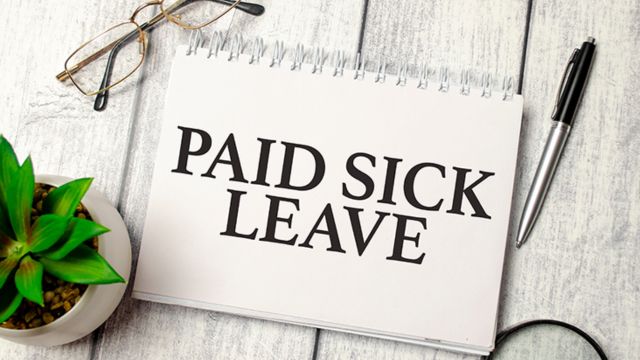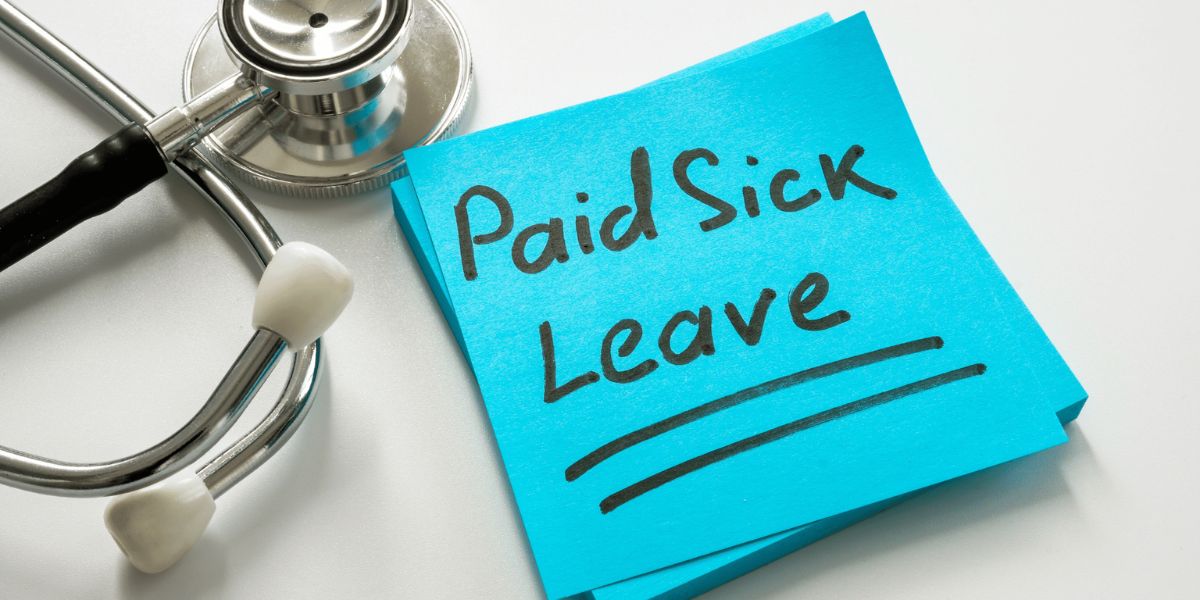New York’s paid sick leave rules provide employees with protected time off for health and safety issues.
Section 196-b of the New York Labor Law mandates that most companies provide paid or unpaid sick leave to their employees, with specific accrual rates and usage restrictions.
Requirements for businesses in the state vary depending on their net revenue and employer size. Employers must monitor sick leave accruals, maintain the required documentation, and ensure compliance with state and local regulations.
This includes additional limitations for New York City companies, who must adhere to various paid sick leave regulations.
Common Questions About New York’s Paid Sick Leave Program
The basics of paid sick leave in New York must be understood by both employers and employees. The law lays out specific guidelines for accruing and using leave, including requirements that rise in line with the size and revenue of the company. Here’s what you need to know to stay in compliance.
Who is entitled to paid sick leave in New York?
All workers in the state of New York are eligible to sick leave benefits, with the exception of government personnel. This broad coverage ensures that most workers will have access to protected time off when needed for health-related reasons.
Which businesses must provide this leave?
All companies in New York are obligated to provide sick leave benefits, even though the specific regulations vary.
The size of the company and, in the case of smaller businesses, the net income from the previous fiscal year determine the requirements of the New York paid sick leave act.
This leads to the creation of a fair system that considers both the size of the labor force and the ability to pay.
How much leave do companies have to provide?
Employees are entitled to one hour of sick leave for every thirty hours worked. As soon as they earn sick leave, employees can access it immediately; however, the size of the company determines how much time is granted and if it is compensated.
- Four or fewer employees with net incomes above $1 million: 40 hours of paid vacation time
- Four or fewer workers with less than $1 million in net income: Forty hours of leave without pay
- Workers 5–99: 40 hours of paid vacation time
- More than 100 employees: 56 hours of paid vacation time
Beginning in 2025, employers must also provide 20 hours of paid prenatal personal leave annually.
What is the purpose of New York’s paid sick leave?
Employees are permitted to take time off for preventative care, personal or family illness, and situations such as sexual offenses, domestic violence, stalking, or human trafficking.

By defining family members broadly to include parents, siblings, grandparents, spouses, children, domestic partners, and some in-laws, the law acknowledges a multitude of family configurations and caregiving obligations.
Beginning in 2025, an additional 20 hours of paid prenatal personal leave will be provided to cover pregnancy-related healthcare services, including as physical examinations, medical procedures, monitoring and testing, and consultations with a healthcare professional to discuss the pregnancy.
How does this relate to other types of leave?
Employers may use an existing paid time off or sick leave policy to meet these sick leave requirements, provided that the policy provides at least as much leave as required by the sick leave statute and permits leave for the same reasons.
Is it possible for companies to limit how many sick days employees can use in a year?
The usage restrictions are based on the employer’s size. Organizations with fewer than 100 employees may limit usage to 40 hours per year, while those with 100 or more employees may limit usage to 56 hours per year.
Employees are nonetheless subject to the 40 or 56 hour annual usage limitations even though the rule does not permit total accrual ceilings.
Can employers offer all of the leave at once instead of letting it build up over time?
Employers are not permitted to reduce the total amount of leave based on actual hours worked, but they are permitted to frontload the entire amount at the start of the year.
Even with frontloading, unused leave must be carried over to the next year. Part-time employees may receive prorated pay from their employers, but they must record the number of hours worked and allow for further accrual if needed.
Do employers have to carry over unused leave?
Limits on sick leave remain in effect, however unused time is carried over to the following year.
Employers can compensate workers for unused leave at the end of the year as an alternative to carryover. These requirements remain valid even in cases where leave is frontloaded.
What is the bare minimum of leave that an employee can take?
Up to a maximum of four hours, employers are permitted to establish reasonable minimum increments for sick leave use. Prenatal leave can be taken in one-hour increments.
How much notice do companies and employees need to give?
Within three days of an employee’s request, employers must offer leave balance reports and explain their sick leave policy in writing or by posting. Employees must make a written or verbal request before using paid sick leave, though there is no set time limit.
What type of documentation might companies ask for?
Employers may ask for verification when an employee misses three or more days in a row, but they are not allowed to request private health information or information regarding domestic abuse.
When workers take this vacation, are their employment and benefits protected?
After taking personal leave for illness or pregnancy, employees must be returned to their same position with the same compensation and benefits. Unused sick time does not need to be paid out after separation. Restoring previously accrued leave for rehired employees is not covered by the law.




